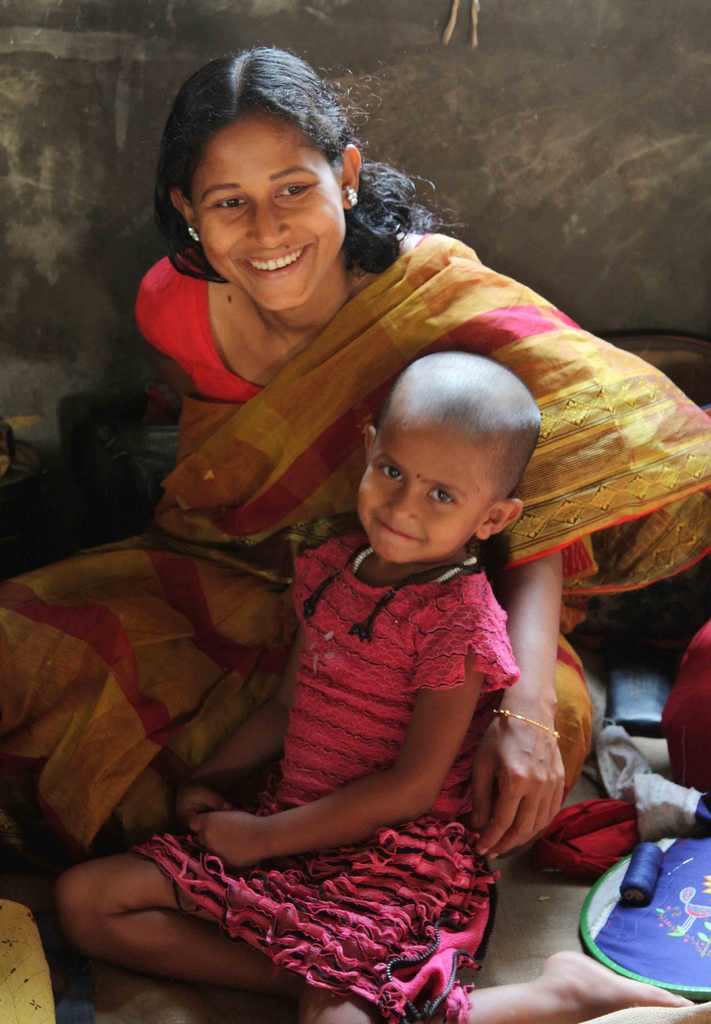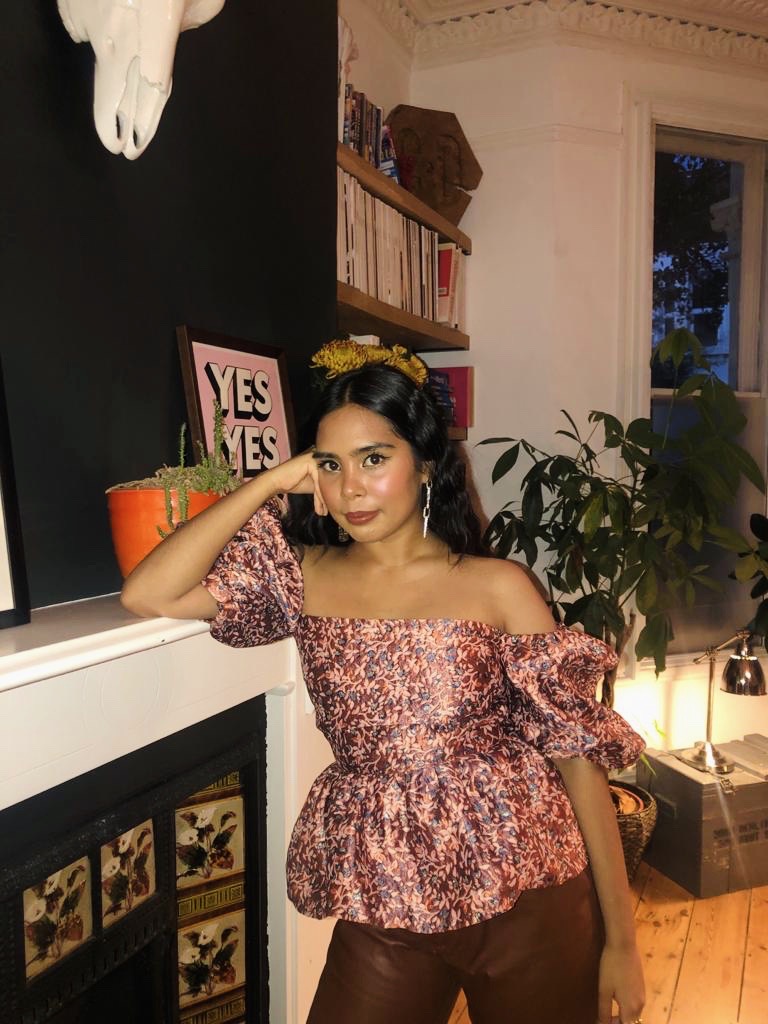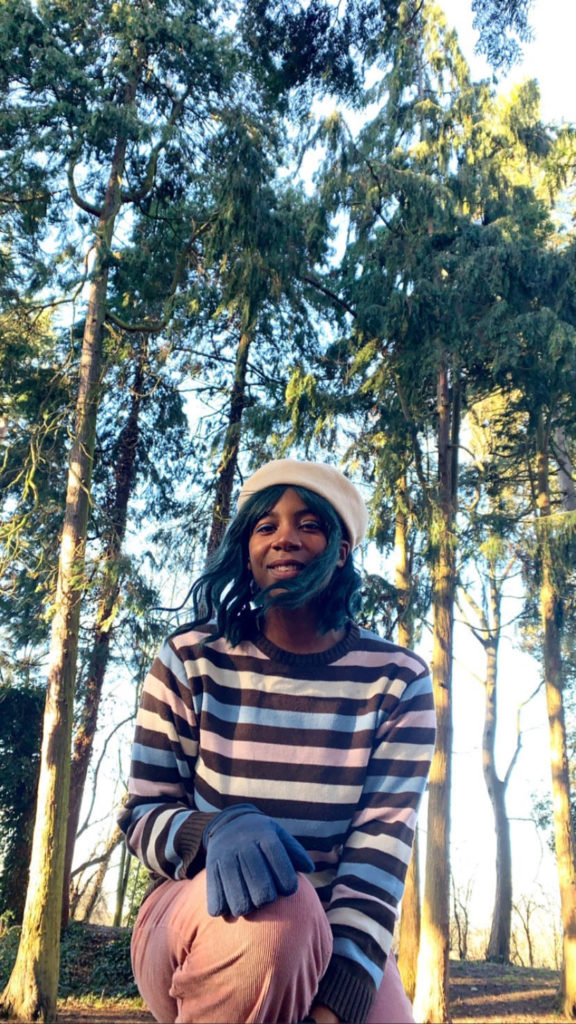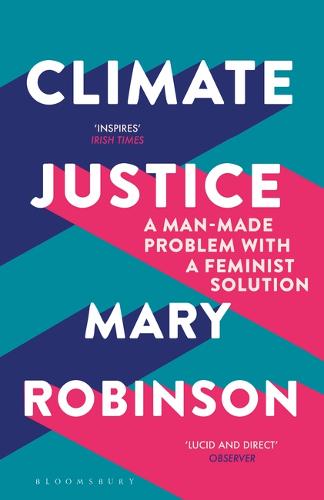Educating girls is key to changing the face of climate change
2/3/2021
Ahead of International Women’s Day, we asked writer, editor & creative consultant Tahmina Begum to be our first guest author. Tahmina also recently curated some of her favourite products from Social Supermarket over on our Instagram. Read on as she explores the link between education, empowerment and environmentalism.
It’s October 2019 and I’m in Sylhet, watching three women crush neem into a bowl in order to paint fresh henna. It’s three months after Greta Thunberg’s impassioned speech at the UN Climate Action Summit where she demands “how dare you?” to world leaders who lack accountability when it comes to environmental change.
On the other hand, being surrounded by Bangladeshi women who create perfume out of tuberose and marigold and reuse sardine tins as soap dishes, I realised I am of the culture that has long been sustainable and ‘green’. Yet it’s these women who in time will be the most affected by climate change as they live in the global south.
When we think of climate change and what we can do as ordinary people, recycling, reusable cups and plastic straws comes to mind. Being conscious of your carbon footprint, buying from a local zero-waste shop and purchasing an eco-friendly car may be another. But as Wolfgang Lutz, Samir KC, William P. Butz explored in their book World Population and Human Capital in the Twenty-First Century, if across the world young girls were to achieve secondary education by tomorrow, by 2050 the planet could have 1.5 billion less people i.e. more than 85 gigatons of carbon emissions avoided.
Although, on the one hand, this argument may sound unrealistic as educating girls has always been a political matter which means tackling complex cultural barriers, indoctrinated patriarchal systems as well as looking at a nation’s relationship and resources to education in the first place. But educating girls so they have options outside of being forced into child marriages and only giving birth is key in changing the results of global warming.

“When thinking about climate change, we tend to think about more “visible” initiatives and the impacts of education may seem to be less tangible; but they are by no means less important,” says lecturer Dr. Susanne Börner from the Marie Curie Global Fellow at the University of Birmingham and the University of Sao Paulo in Brazil.
“The importance of education as an important driver in empowering girls and women to make their voices heard, to claim their spaces in the different arenas of society and to ultimately influence public policies, should therefore not be underestimated,” adds Dr Börner.
It’s not an unknown fact that working women tend to give between 70-90% of their wages back to their families and more women in politics means there is more likely to be more international environmental treaties, protected land areas and stricter climate change policies. These countries where women have more systemic power have lower carbon emissions and footprints.
Dominique Palmer, climate justice activist, public speaker and launch coordinator for Climate Live, shares that most climate refugees are women of colour, therefore the climate crisis is a feminist and race issue as well. “Whether it’s Indigenous communities in the Amazon facing violent extractive loggers while protecting their land or the Flint Water crisis where a government-appointed civil rights commission in Michigan said that historical and systemic racism, with implicit bias, played a role in the inaction – Black, brown and indigenous women bear a disproportionate burden because of the historic and continuing impacts of racism, colonialism and the patriarchy.”
For example, in 1954, the Embobut forest in Eastern Kenya was conserved as a protected public forest. This meant since 2009 the Sengwer tribe and communities, whose ancestral lands and homes are within the Embobut forest, have been targeted and kicked out.
Similar to how numbers of domestic violence attacks rise after a national football team lose, Joycelyn Longdon, Founder of Climate In Colour and MRes and PhD student researching specifically about artificial intelligence in climate change via centering indigenous knowledge in algorithms, explains, “Much of the Sengwer men left the community after feeling emasculated and losing their freedom but it’s the women, the community caretakers, who feel the brunt of this emasculation and continue to live in polluted areas because they can’t leave their children and don’t have the financial freedom overall.”
Furthermore, young women accessing quality education in order to reduce climate change can not be solved by placing the onus on young girls and their uteruses. As young Black and brown women especially have not created the issue of climate change and are living sustainable and conscious lifestyles already, there are also other complicated socio-economic problems that happen outside of a young woman’s control. So, what can we do in order to change the future of climate change through the education of young girls?
First, Longdon explains, we need to tackle the language that tends to be used in sustainable spaces which are usually majority white and middle to upper class.“This may sound like semantics yet the idea of the global north behaving like white saviours to the global south trickles down into how the progression of the global south itself.
“In the global north, we jump to needing to ‘help’ the global south and perceiving it solely as vulnerable areas, but maybe we’re the ones which need the help? Yes, we may have big cars and complex financial systems but are we better for it? What we need to think about is collaboration which is something scientists don’t think about enough.”
“Collaboration means someone has something to contribute,” says Longdon, “Whereas coming from the paternalistic lens of always ‘helping’ India or Africa for example, perpetuates ideas of superiority and that the West is better — the prolonged success of colonialism itself.”
For so long Western science has rejected Black and brown cultural norms, rituals and knowledge on the basis that empirical experiences are not based on education – meaning historically it’s been at odds with working in unity with those who already live in communities of colour. “We need to learn about our histories but also work with the people who already know so much more about their own land than we ever will,” recommends Longdon. “We can’t just copy and paste solutions and think every solution can be scaled as that itself is a capitalist idea on mass-production.” With cases such as Ella Kissi Debrah dying due to air pollution in Newham, climate injustice is on our doorsteps.
Other than language, climate justice activist Palmer reminds us that there is a place for all of us in our environmental endeavours. “It is so important to remember that there are so many roles within this movement. We need protestors, creators (artists, graphic designers, social media creators, videographers, photographers, musicians), those who coordinate teams, the speakers, the writers, the rebels who take direct action, the strategists and those who are logistical. A lot of the time, the work we do behind the scenes is not showcased but it is so important to remember that there is so much happening.”
We also live in a fortunate time where becoming educated on what appear to be intimidating topics such as climate injustices have become more accessible. “This can be done through activists on the ground online, such as environmental defenders in the Philippines like YACAP, Black environmentalists that you can find through Black Girl Environmentalist Instagram for example, and Fridays For Future where we spread awareness on justice.”
“There are also books such as Climate Justice by Mary Robinson, and a ton of online resources. Education is ongoing, so don’t feel as if you need to be an expert on it to be an activist as we are always learning!”
The latter also goes for taking action. We all don’t need to be doing the same things in the same area in order to create change. If anything, that instead becomes an echo chamber. With sustainability and climate change traditionally exclusive to WASP-y dinner tables where those who are most impacted are rarely invited to share their perspective, Palmer reflects that, “We also need outreach and education to those who have not engaged in the climate movement and make it accessible for more to join in.”
So instead of feeling as though we are helpless in this fight for climate change, it’s important to recognise how it’s our small and consistent actions that then in turn become word of mouth to friends that will naturally be shared across social media and eventually in time, have a positive ripple effect that brings systemic change, helping the future of our planet. That’s to say, it’s young Black and brown women who are the pinnacle in making this happen. They are our future.
Read more on social enterprise brands that empower women & girls:
- Get to know SO JUST SHOP whose handmade items empower female artisans
- Discover Shaktiism, a brand on a mission to support marginalised women, particularly those at risk of gender-based violence.
- Shop From Babies With Love, who donate profits to help educate children
- Pre-order the International Women’s Day gift box



